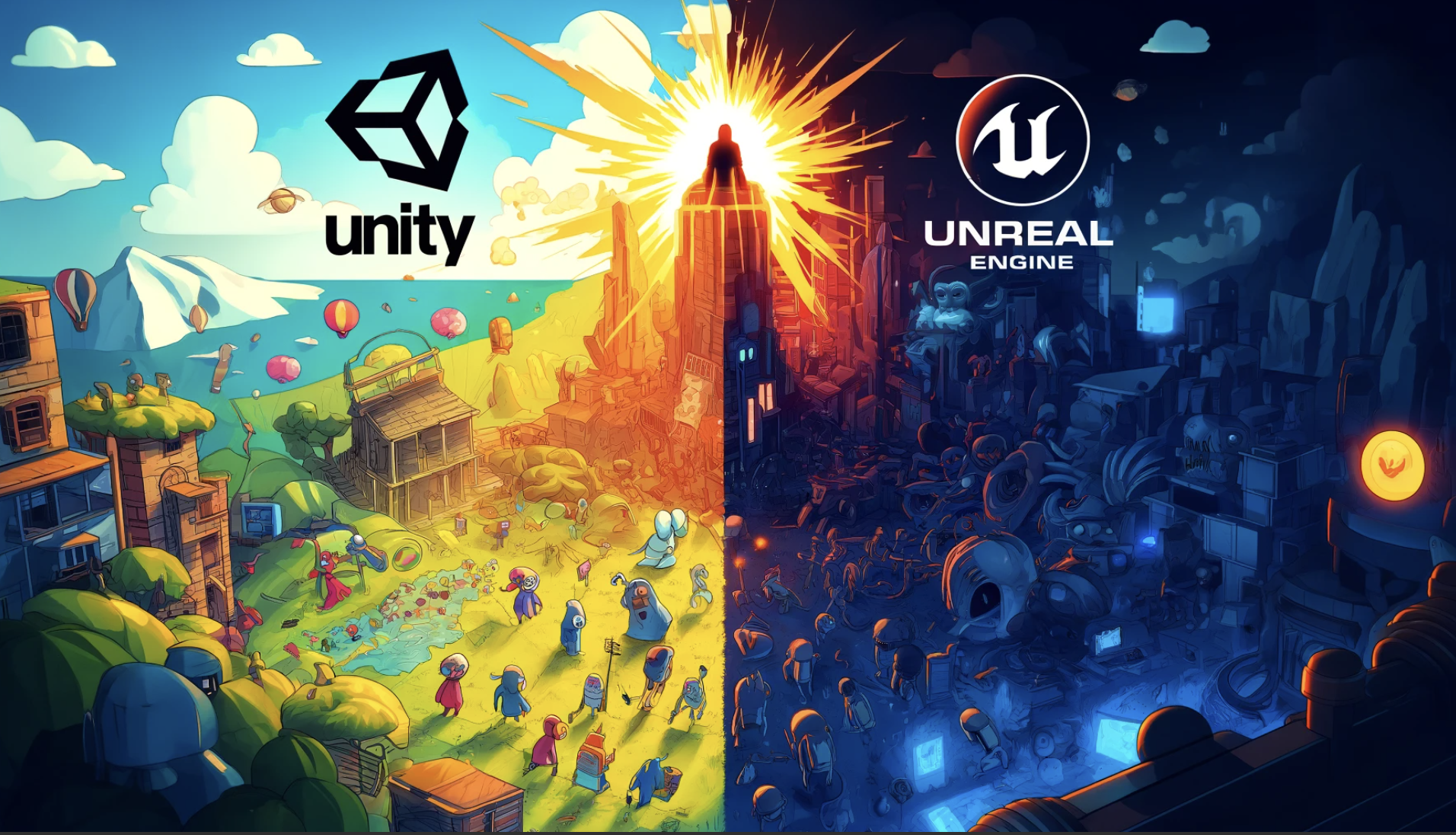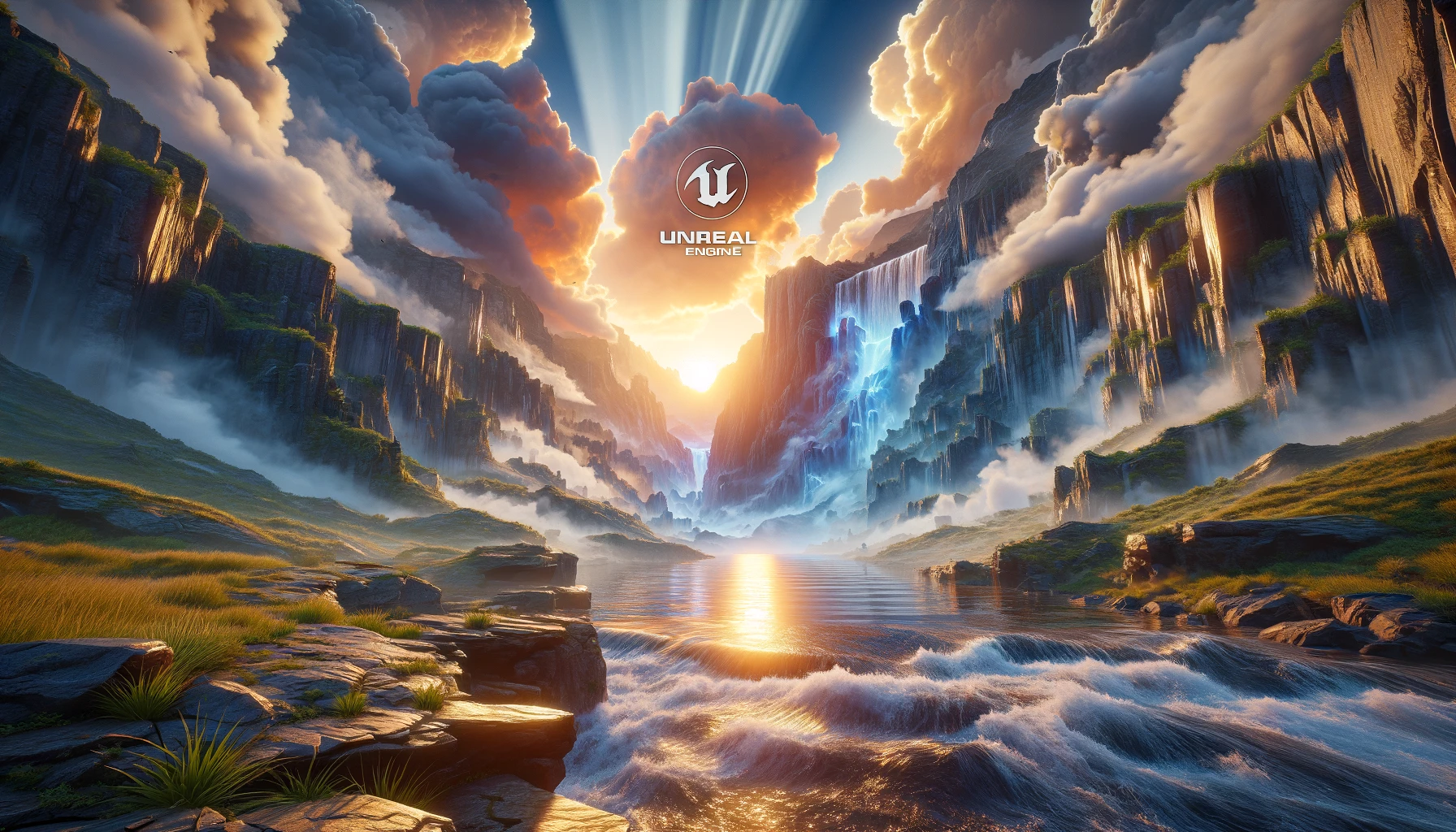
Venturing into the realm of virtual reality and game development? Excellent choice! The journey to becoming a virtual reality (VR) developer or game developer is like building your own portal to the Metaverse – thrilling and a bit complex, but definitely rewarding.
Here’s a guide tailored for an aspiring developer like yourself. First, it’s essential to develop the right skills in programming, game engines, 3D modeling, graphics, and VR-specific knowledge. Familiarize yourself with languages like C# or C++, which are fundamental in the game development world, particularly with engines like Unity and Unreal Engine. Mastery of at least one game engine is crucial. Unity is celebrated for its versatility across VR and traditional games, while Unreal Engine is renowned for its high-fidelity visuals. The Metaverse relies heavily on 3D modeling and graphics, so a solid understanding of these areas is essential. Tools such as Blender, Maya, and 3ds Max are integral to this. Lastly, it’s important to grasp VR principles, including spatial audio, VR user interface design, and the nuances of human-computer interaction within a VR environment.
First things first, let’s talk about fundamentals
Unity and Unreal Engine are both powerful tools in the game development world, enabling the creation of everything from indie hits to blockbuster titles. You may recognize Unity as the engine behind popular games like Among Us, Pokémon Go, and Angry Birds, while Unreal Engine powers titles such as Fortnite, Rocket League, and Redfall. These engines are not just platforms for building games; they are robust ecosystems that provide developers with the tools needed to bring their creative visions to life.
A game engine, essentially, is a software framework designed for the creation and development of video games. Developers can use these engines to write, render, and manage data involved in the gameplay. Unlike traditional software applications, a video game is akin to a dynamic, interactive system encompassing rules, players, and objectives, and can range from simple puzzles to complex simulations.
Understanding Game Loops
At the core of most video games, especially digital ones, is what’s known as the “game loop.” This is a critical concept that helps maintain the flow of the game, ensuring that each aspect of the game’s environment is updated and rendered correctly to create a seamless interactive experience. The game loop allows the game to run smoothly by continually processing user input, updating game state, and rendering the game to the screen.
Example of a Basic Game Loop
Here is a simple example of a game loop in pseudo-code, demonstrating how it might be structured:
while (game is running):
processInput() // Handle user input
updateGame() // Update the game's world
renderFrame() // Render the output to the screen
-
Process Input: This function deals with gathering and responding to user input, which could be anything from moving a joystick to clicking a mouse. Input affects how entities in the game behave and interact.
-
Update Game: This is where the game’s logic resides. Based on the input it receives, the game world’s state is updated. This could involve moving characters, triggering events, checking for collisions, and more, all of which reflect in the game’s dynamics and outcomes.
-
Render Frame: Once the game state is updated, the visible output needs to be drawn or rendered. This is what the player sees on their screen. This step involves drawing the game’s graphics according to the updated game state, ensuring that visual feedback is synchronous with the user’s actions.
This loop runs continuously at a high frequency, often aiming for 60 times per second or more, which is essential to ensure smooth and responsive gameplay. It is this iterative process that allows video games to be both responsive and dynamic, providing an engaging and immersive experience for players.
Through tools like Unity and Unreal, developers have powerful control over this game loop, able to fine-tune each aspect of the process to create unique gameplay experiences across different genres. Whether it’s a mobile game, an AAA console title, or a virtual reality experience, these game engines provide the necessary foundation and flexibility to bring diverse gaming concepts to life.
Take it to the next level
Essential Skills for Aspiring VR and Game Developers
Entering the world of virtual reality (VR) and game development is an exhilarating journey, combining creativity with technical prowess. Whether you dream of crafting immersive worlds in VR or engaging gameplay experiences, certain foundational skills are essential. Here’s a comprehensive guide to help you build your skills as a VR or game developer.
1. Understanding Programming Languages
C++ and C# are the twin pillars of game development programming.
C++
is used extensively in the gaming industry, particularly with Unreal Engine. It offers fine-grained control over hardware and system resources, making it ideal for games that require high performance and detailed graphic rendering. Here is a list of the best C++ for Unreal courses:
- C++ Programming for Unreal Game Development Specialization
- Unreal Engine 5 – Full Course for Beginners

C#
is the language of choice for Unity, another leading game engine. It’s user-friendly and less complex than C++, which makes it perfect for beginners and for projects with tighter deadlines.
Both languages have robust communities and resources, making it easier to learn and troubleshoot as you develop your skills.
2. Mastering Game Engines
Unity and Unreal Engine dominate the game development scene and each brings its own strengths:
Unity

is renowned for its ease of use and ability to deploy across many platforms including mobile, desktop, consoles, and VR. It’s particularly popular among indie developers and those working on 2D games or mobile applications.
Unreal Engine
is favored for its advanced graphical capabilities and is often the choice for AAA game developers. It’s ideal for creating visually stunning games with intense, realistic environments.

Learning at least one of these engines thoroughly is crucial. They both offer extensive documentation and vibrant communities where you can learn from other developers.
3. Diving into 3D Modeling and Graphics
Game and VR development heavily rely on 3D modeling. Tools like Blender, Autodesk Maya, and 3ds Max are industry standards.
Blender
is a free, open-source 3D modeling suite that supports all aspects of 3D development, including modeling, rigging, animation, and rendering.
Maya
is a robust tool used in professional game studios and film industry. It is particularly strong in character modeling and animation.
3ds Max
is also widely used in game studios for its powerful modeling capabilities, especially for architectural and environmental modeling.
Understanding how to bring your ideas to life in three dimensions is crucial, whether you’re creating simple assets or intricate environments.
4. VR-Specific Knowledge
VR development requires a unique set of skills because it involves more immersive environments and user interactions:
Spatial Audio
Understanding how to implement audio that reacts to the user’s movements and changes with the environment enhances realism in VR.
User Interface Design for VR
VR interfaces must be intuitive and natural to use. Knowing how to design and implement these can significantly affect the user’s experience.
Optimization for VR
VR applications demand high performance to prevent motion sickness and ensure a comfortable user experience. Learning how to optimize software to run smoothly on VR hardware is essential.
Soft Skills and Continuous Learning
Beyond technical skills, being a successful developer also requires soft skills such as problem-solving, critical thinking, and continuous learning. The tech field evolves rapidly, and staying current with new technologies, tools, and industry trends is vital.
Networking and Community Involvement
Finally, immerse yourself in the game development community. Platforms like GitHub, online forums, social media groups, and local meetups are great for learning from more experienced developers, receiving feedback on your work, and staying inspired.
Conclusion
Becoming a VR or game developer is a journey of continuous learning and passion. By mastering programming languages, game engines, and 3D modeling tools, and by staying engaged with the developer community, you set the foundation for a successful career in creating virtual experiences that captivate and engage users around the world. Embrace the challenge, and start building your dream worlds today!